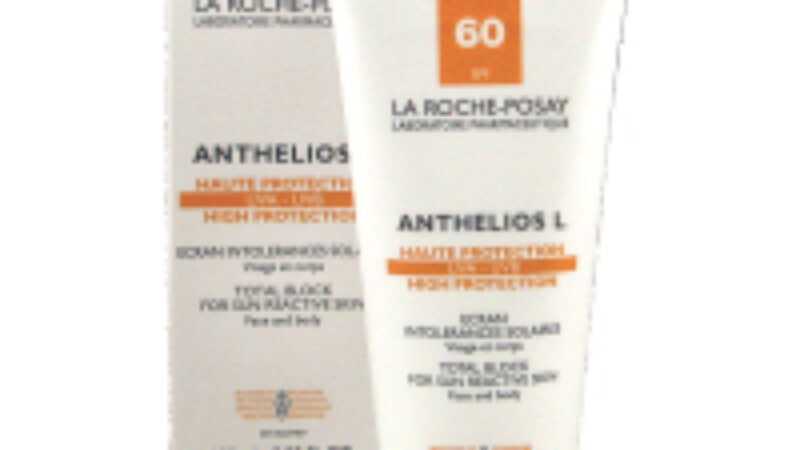Allantoin: you’ve probably seen it listed as an ingredients in some of your favorite cosmetics. Yet, do you know what this commonly used ingredient does?
Discovered in the early 20th century as the main active ingredient in comfrey root, allantoin is a natural chemical compound that is produced by many organisms, including animals, bacteria and plants. It may also be chemically synthesized. Recognized for its healing and soothing properties, it has been a popular ingredient in many folk remedies. For centuries, poultices made from comfrey leaves were used to promote the healing of minor fractures by reducing swelling in the area of the break. Its use began to gain acceptance in the medical community in the UK based on anecdotal evidence regarding its benefits.
Allantoin has several skin beneficial properties:
- It is skin protective. It helps to increase the water content of the extracellular matrix which provides structural support to cells and is an important part of connective tissue.
- It is calming and hydrating. The increased water content in the skin reduces irritation and redness
- It is keratolytic. The epidermis synthesizes proteins (of which keratin is one) and lipids in the stratum corneum (skin’s top layer). If this process becomes unbalanced (keratinization), more keratin than normal is produced and the skin’s barrier function is altered. Allantoin interacts with keratin to thin an abnormally thickened stratum corneum leaving skin feeling, soft, smooth and healthy. Studies have shown that 0.2% allantion has the same keratolytic effect of 10-20% urea.
Allantoin is used to help protect and maintain facial and body skin and promote cell regeneration in exposed skin weakened by environmental aggressions. When incorporated into hand lotions and creams it soothes redness and cracking and leaves hands feeling soft and smooth. A study of silicone containing 0.2% allantoin (glyoxyl diureide) demonstrated, for a large number of women with skin problems, the powerful effect of using allantoin-containing hand cream daily: symptoms disappeared completely in 90% of the women and significantly improved in the remaining 10%.
Look for allantoin as an active ingredient in after-shave lotions and in products for particularly sensitive skins and for babies and infants. It is included in several types of face and body creams and lotions and after-sun care products. It particularly protects the skin in lipsticks, deodorants and sunscreens. Its active keratolytic effects help combat dandruff by reducing and breaking down large particles in dead cells and it is also frequently used in oral hygiene products to protect the mucous membranes. Because it is very effective at low concentrations, only small amounts are necessary decreasing its potential for side effects.
Allantoin is available in Reversa Anti-Wrinkle Eye Cream.




